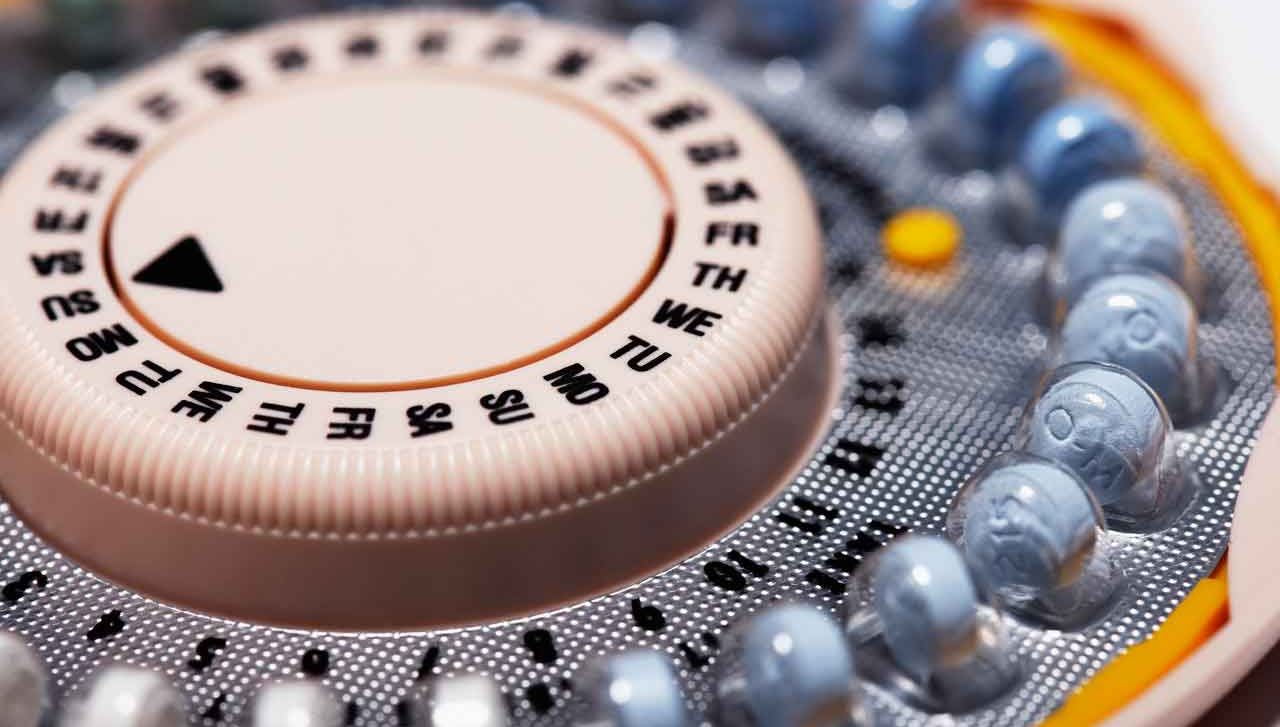Rethink Your Form of Birth Control

Do you really have to take the pill every day? It may be time to rethink your form of birth control: More American women are opting for IUDs.
Imagine this: in a few minutes during an office visit, a doctor inserts a small T-shaped device into your uterus that will keep you from getting pregnant for years — with almost no further effort on your end. If you decide to try for a baby, you can have it removed, typically with no harm done.
Are you one of many women beginning to rethink your form of birth control?
The most common alternative is to take a pill every day, but 9 out of every 100 women on hormone pills get pregnant anyway. The failure rate for the IUD, which stands for “intrauterine device,” is less than one pregnancy per 100 women. The other risk women worry about — infection — is similarly low.
In fact, the American Congress of Obstetricians and Gynecologists declared in 2012 that IUDs are safe even for sexually active teens. Their best bet, the group argued, is to get an IUD and use condoms to ward off sexually transmitted viruses.
YOU MIGHT ALSO LIKE: Can the Birth Control Pill Prevent Cancer?
Among female healthcare providers, 42 percent chose either an IUD (or a much less popular implant in the arm) for their own birth control, according to a survey reported in 2015. The number is much smaller in the general population at just below 12 percent, but growing fast.
IUDs have an image problem left over from the 1970s, when an earlier version called the Dalkon Shield was yanked from the market after cases of infertility and many infections. But the current options are smaller and much safer. Younger women are catching on: the latest figures from the Centers for Disease Control and Prevention showed a big increase in IUD and implant usage over a decade, especially among women ages 25 to 34.
Mary Jane Minkin, MD, professor of obstetrics, gynecology, and reproductive sciences at the Yale School of Medicine, says she’s delighted by the increase. “It’s terrific and I would like to see even more,” she says.
Three IUDs approved by the Food and Drug Administration are available — Skyla and Mirena, which release a form of the hormone progestin for three or five years, and ParaGard, which is wrapped in copper coils that interfere with conception for up to 10 years. The hormonal IUDs tame cramps and heavy bleeding in most women; ParaGard poses some risk of a heavier period and spotting. The arm implant, called Implanon or Nexplanon, releases progestin for three years. IUDs may cause noncancerous growths called ovarian cysts that usually go away on their own.
An IUD costs up to $900 upfront for the uninsured, but most women with insurance have no out-of-pocket costs, since passage of the Affordable Care Act.
At Planned Parenthood clinics around the country, researchers say, the number of women asking for IUDs and implants has nearly doubled. “When women who want to prevent unintended pregnancy are empowered with full information about their contraceptive options — and when barriers such as up-front, out-of-pocket costs are not a factor — they often decide to use the most effective methods,” said Deborah Nucatola, MD, senior director of medical services at Planned Parenthood Federation of America.
The IUD is much more popular outside of the United States, the United Nations reports, chosen by 23 percent of women who use contraception in France, 27 percent in Norway, and 41 percent in China.
That shouldn’t be surprising given that IUDs are more effective than the pill — and have other advantages, including less chance of weight gain. However, if you’re afraid of forgetting your pill but prefer a month-to-month method, consider a hormone-releasing ring or skin-patch that you’ll need to replace.
IUDs are the easier option: all you need to do is check for a string connected to the IUD after each period. If you can’t find it you can use a condom or skip intercourse until you see a doctor.
Sterilization, the next most common choice in the United States after the pill, entails surgery and is permanent. Once an IUD is removed, there is no risk to you or your baby if you get pregnant immediately, and your fertility is unaffected. About 8 in 10 women conceive within a year.
Updated:
February 28, 2020
Reviewed By:
Janet O’Dell, RN